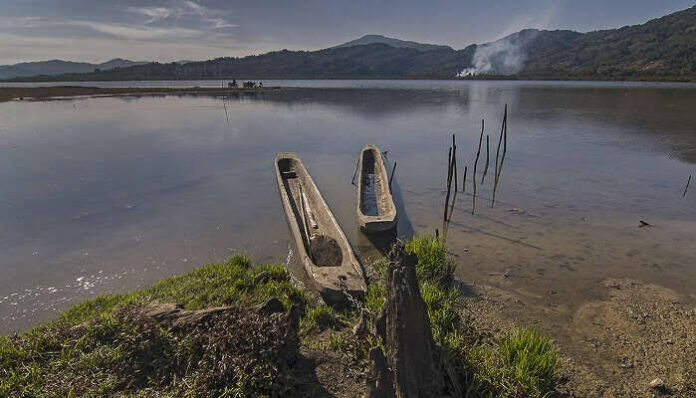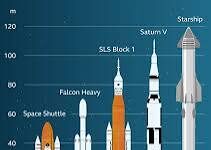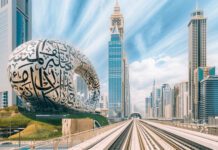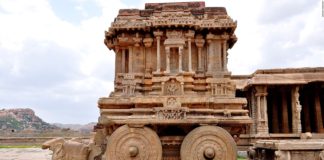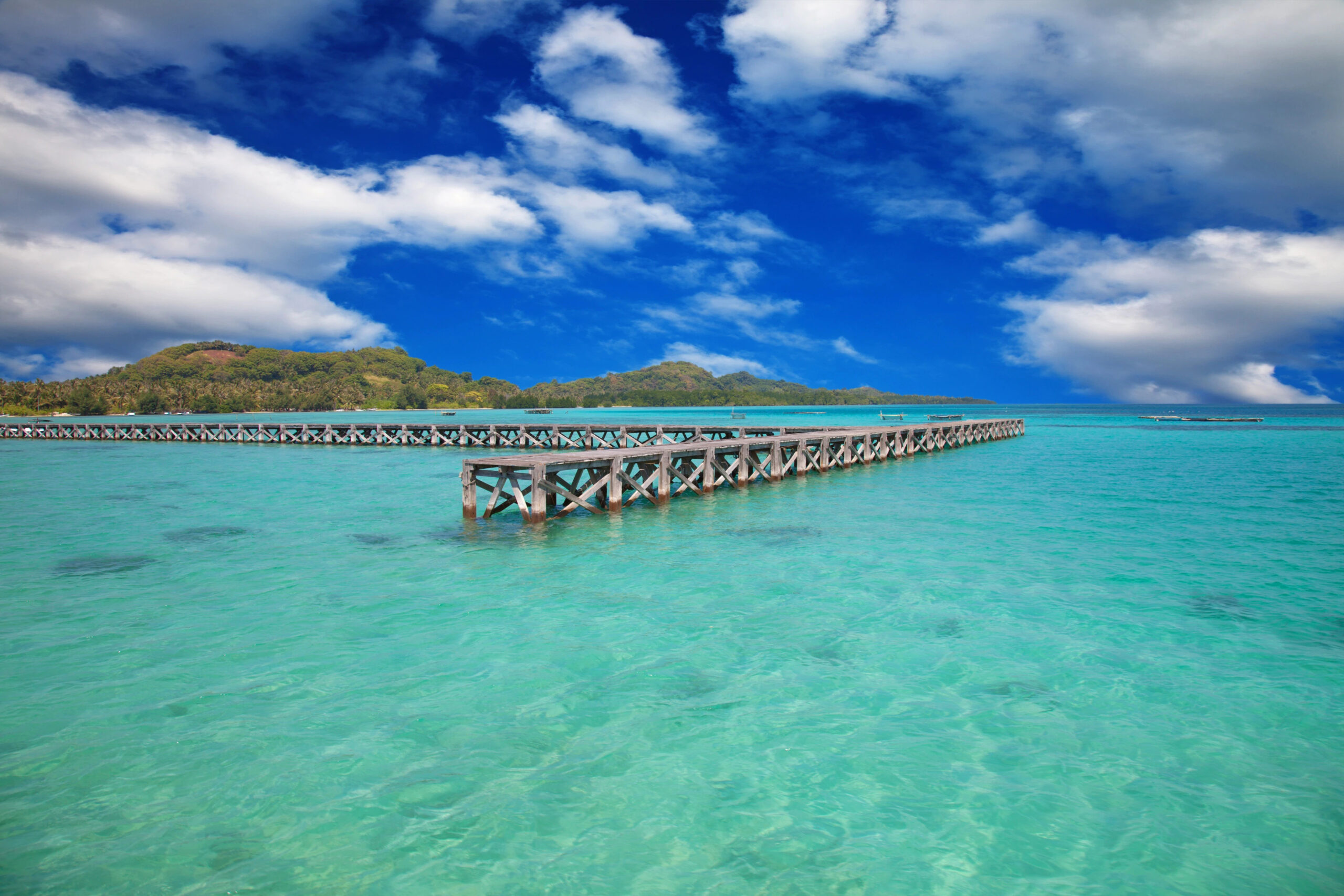Lake of no return is a body of water in Myanmar, lying in the area of the Pangsau Pass on the India-Myanmar Border south of Pangsau (also called Pansaung) village. The lake is 1.4 km in length and 0.8 km in width at its widest part. It is located 2.5 km to the southwest of the Ledo Road , formerly called Stilwell Road , the road the Western Allies started building in 1942 to supply the Chinese armies of Chiang Kai-shek. The coordinate of the Lake of No Return is 27o13’9’’N and 96o8’37.9’’E. The surface elevation of the lake is 865m (2,838ft).
The area is home to the Tangsa Naga or Tangshang Naga community. Since the improvement of relations between India and Myanmar , the lake has come to play a part in the development of tourism in the nearby Changlang District (Arunachal Pradesh), which borders on Myanmar.
The most common account of the origin of the lake’s name is the one told , for instance , on the Changlang District’s (Arunachal Pradesh, India), which speculates that the name is due to the number of Allied aircraft (on their approach to the Hump) which crashlanded in it during World War II, a story repeated in both the Indian press and in Indian fiction, American sources repeat that account , for instance in the 2008 book by Brendan I. Koerner , Now the Hell Will start: One soldier’s flight from the Greatest Manhunt of World War II, about the life of Herman Perry, a U.S. serviceman working on the Ledo Road who fled into the jungle and ended up marrying into the Naga tribe: “The Americans called it the Lake of No Return , on account of all the crashed planes concealed in its depths”.
At least three more stories explain the name “Lake of No Return”. The 2nd has it that a group of Japanese soldiers returning from battle lost their way and ended up at the lake. There, they were stricken by malaria and died and hence it is called the Lake of No Return (Local Bermuda Triangle). According to a 3rd story, US Army soldiers, working on the Ledo Road , were sent to examine the lake and got trapped by the undergrowth and perished trying to escape. A 4th story says this “is the ‘lake of no return’ because retreating British troops in 1942 got lost in quickstand”. Adding myth to legend , one author claims he has encountered the name on a document authored by one of the Ten Lost Tribes of Israel , which he claims still hides out in the area.
The lake still maintains its reputation; the newspaper The Telegraph reported , in a story on the possible reopening of the Ledo Road in 2007, that “close by Pansaung is the lake of No Return – the local Bermuda Triangle. According to folklore , aircraft that fly over the lake never return”. The lake’s reputation is advertised in hopes of making the area more attractive to tourists : “Who knows, the ‘Indian Bermuda Triangle’ might just turn out to be the next tourist – puller of the region”.
In a recent article Joydeep Sorcar has claimed to have solved the ‘mystery’ behind the lake of no return (Local Bermuda Triangle), which he visited in 2002. According to Joydeep Sorcar , none of the legends associated with the name have any basis in fact. The location is frequently thought to be haunted. Furthermore, Nampong village is a stunningly lovely and scenic location. It is surrounded by lush foliage and natural beauty. Tourists and visitors can also go to the Namdapha National Park, which is around 80 kms away from Changlang but similar lovely. In northeast, it is one of the largest national park.
The Lake of No Return born, perhaps in march of 1942 when the Ledo Road came within the sight of the lake. Now, those who had coined the name knew it was just a phonetic approx.. But the newcomers , and there are many, who first heard the name would naturally would naturally ask , as I did : Why is it called the Lake of no return? The ‘veterans’, unwilling to confess their ignorance , would be tempted to invent a suitable story to go with the name to impress the newly arrived .
The Lake of No return finds no place in serious works about the Ledo Road. Tim Slessor’s Oxford overland expedition from London to Singapore crossed from India to Myanmar on January 1956 at the Pangsau Pass, where they pinched the rusty top of an oil drum with ‘228 miles to Myitkyina’ written on it as a souvenir. Slessor is a meticulous observer, but though his team drove past the Lake of No Return he does not mention anything about it…! Neither does Donovan Webster’s book length study The Burma Road or carl Weidedenbrenner’s very comprehensive China-Burma India site.
The real mystery of the Lake of No return ( Local Bermuda Triangle) is that it was just a smoke and mirrors , but how the undispersed smoke and the unbroken mirrors surfaced some 60 years afterwards to enthrall a new generations of Indians who know little about World War II.



